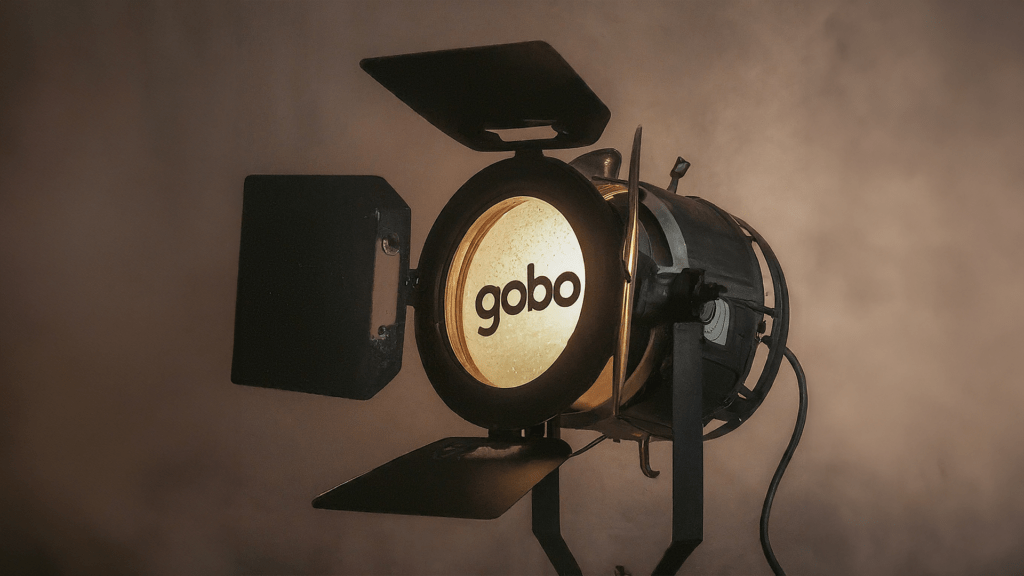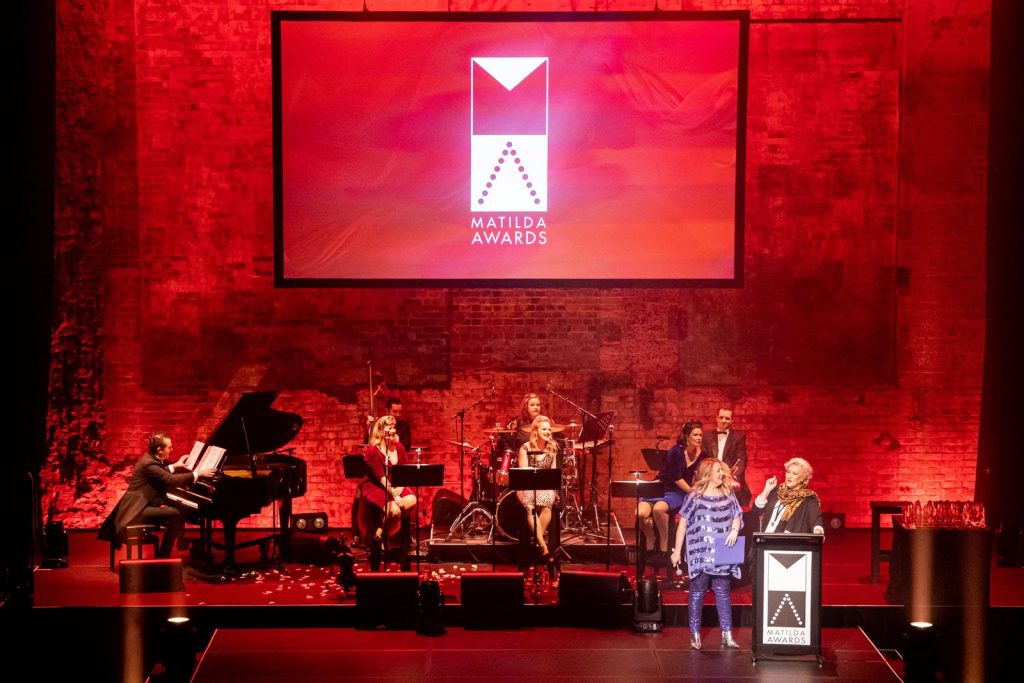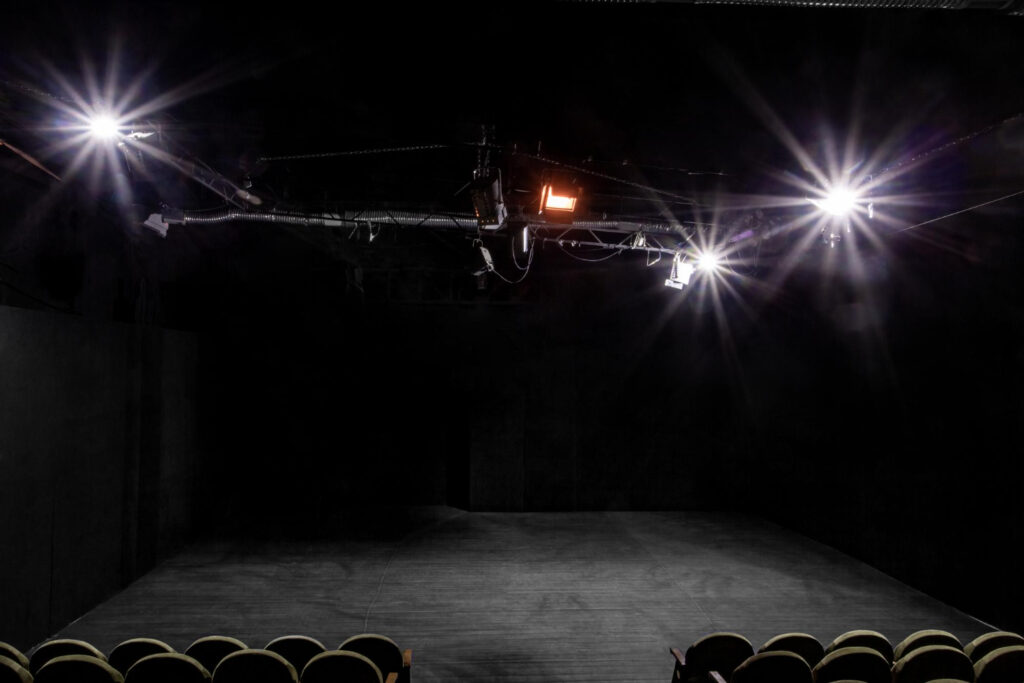
Gobo: A Lighting Term
In the world of theatrical lighting, a “gobo” plays a role in creating atmosphere, depth, and storytelling elements on stage. But what exactly is a gobo, and how did this term come to be associated with stage lighting? This exploration delves into the origins, evolution, and application of gobos in theatrical productions, shedding light on a term that, while perhaps obscure to the layperson, is everyday language in the art and science of lighting design.
Introduction to Gobo
A gobo is a stencil or template placed inside or in front of a light source to control the shape of the emitted light. In theatrical lighting, gobos can project intricate patterns, shapes, and even scenic elements onto the stage, transforming a space or creating mood without the need for physical sets or props. They can be made from metal, glass, or plastic and are used in conjunction with spotlights and other lighting instruments to cast specific shadows or patterns of light.
Etymological and Historical Insights
The term “gobo” is believed to have originated from the phrase “goes before optics” or “go between,” referring to its placement in the light path. However, the exact origins of the term are somewhat murky, with different sources offering varying explanations. What is clear, though, is that the term has been in use since at least the mid-20th century, evolving alongside advancements in lighting technology and theatrical design.
The use of gobos has a rich history in theatre, with early forms of the concept dating back to the Renaissance, when candlelight was manipulated with hand-held plates or screens to create effects on stage. The modern gobo, as we know it, began to take shape with the advent of electric lighting in the theatre, allowing for more precise and varied lighting effects. The development of metal and later glass gobos enabled designers to create increasingly intricate designs, from simple shapes to complex landscapes or cityscapes.
Types of Gobos
Gobos come in various types, each suited to different effects and applications:
- Metal Gobos: Durable and suitable for simple patterns. They are the most common type, ideal for projecting basic shapes and patterns.
- Glass Gobos: Capable of displaying detailed images or complex patterns, including gradients and intricate designs. They are more fragile but offer a higher level of detail.
- Plastic Gobos: A newer addition, offering a balance between durability and detail, suitable for detailed designs and color projections.
Application in Theatrical Lighting
Gobos are used in a myriad of ways in theatrical productions:
- Mood and Atmosphere: By casting shadows or patterns, gobos can create the illusion of natural environments, such as forests, water, or cityscapes, contributing to the mood and setting.
- Focus and Direction: Gobos can direct the audience’s attention to specific areas of the stage, highlighting important moments or characters.
- Dynamic Effects: Rotating gobos or the use of multiple gobos in conjunction can create dynamic, moving patterns, adding a layer of visual interest and complexity to a scene.
Conclusion
The gobo is an indispensable tool in the lighting designer’s toolkit, offering a versatile and effective means of enhancing theatrical storytelling through light and shadow. From its etymological roots to its practical applications, the gobo embodies the intersection of technology and creativity, illustrating how technical elements behind the scenes are integral to the magic of theatre. As lighting technology continues to evolve, so too will the ways in which gobos are used, ensuring that this term will remain central to the art of theatrical design for years to come.






